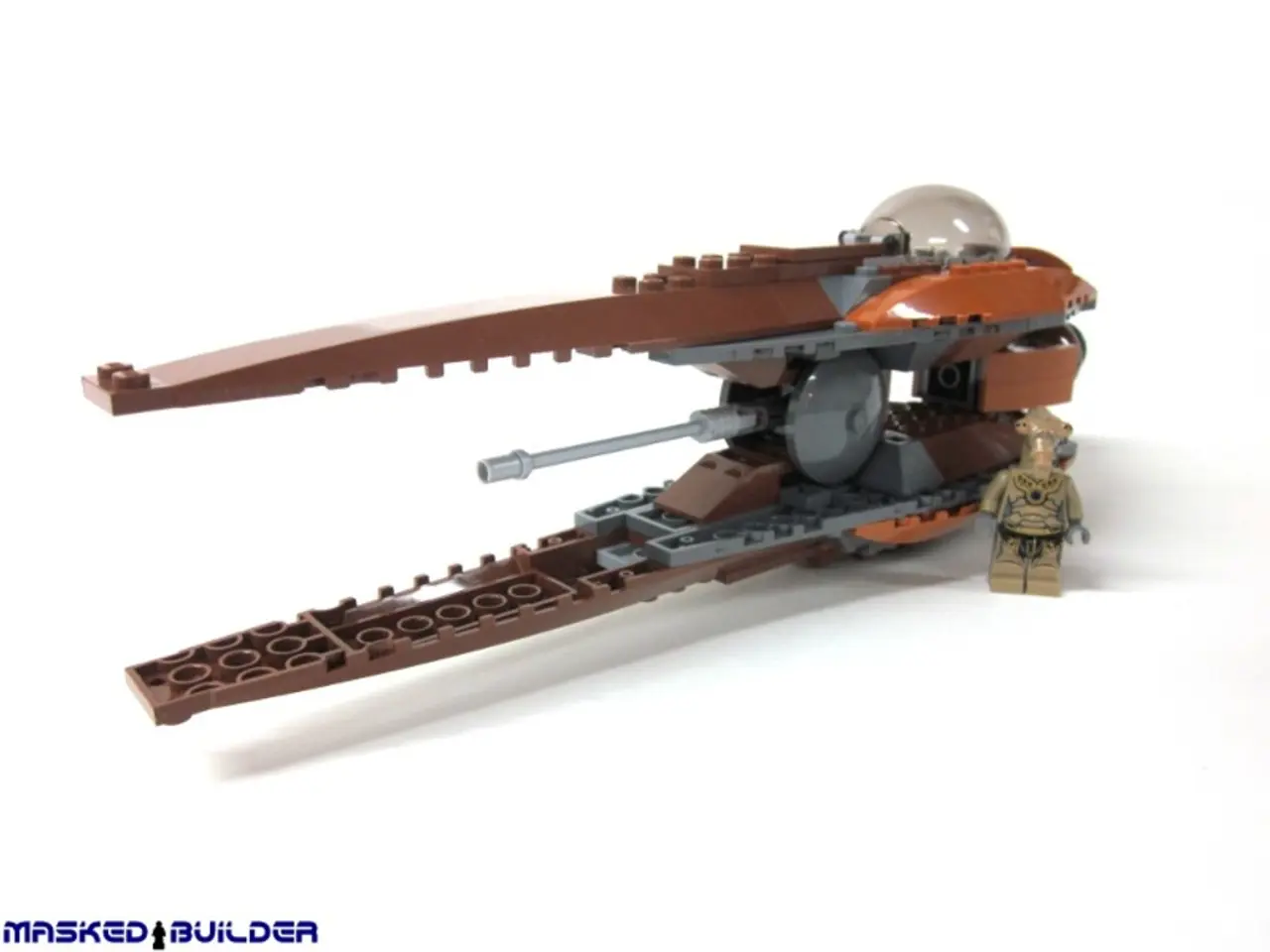The essence behind Information Architecture refers to the strategic organization and structuring of collective digital or physical data.
In the realm of user experience (UX) design, Information Architecture (IA) plays a pivotal role in shaping the structure and organisation of websites and applications. IA helps develop menus and navigational structures to deliver a better user experience, focusing on how data is presented and organised on pages, and how each page relates to other pages.
The process of IA is often initiated by defining a site map, which allows for grouping pages together and determining the best structure to present them in. This initial step is followed by a series of crucial stages that ensure the IA serves both user needs and organisational goals.
User Research: The Foundation of IA
User research is an essential component of IA, uncovering users’ goals, needs, and behaviours. This foundational insight provides a solid base for designing content organisation that supports intuitive navigation and findability. User research helps define business objectives in harmony with user expectations, ensuring the IA serves both users and the organisation. Research methods such as interviews, surveys, and usability testing are used to validate IA decisions and refine structures before full implementation.
Card Sorting: Bridging the Gap Between Users and IA
Card sorting is another user research technique that plays a significant role in shaping IA. In card sorting, participants group and label content items based on their intuitive understanding and categorisation. This process reveals users’ mental models, showing how they expect information to be organised and named, guiding designers to create an IA that resonates naturally with users.
Card sorting helps establish logical and intuitive hierarchical structures for content, improving navigation and findability within the product. It supports naming conventions by identifying clear, user-friendly labels for categories and validates existing IA by identifying mismatches between user expectations and the current structure, highlighting areas that need adjustment. Data from card sorting can be analysed quantitatively to prioritise menu structures and groupings that have strong user consensus. Differentiated analysis based on user personas can tailor IA to diverse user segments, enhancing overall UX.
Integration of IA Processes
Typically, IA design starts with user research to understand needs and conduct a content audit, followed by card sorting to refine organisation and labeling, and then prototyping and usability testing to verify the IA’s effectiveness. Card sorting outcomes inform navigation systems and labeling systems, both core components of IA.
In conclusion, user research provides the essential understanding of user needs and context, while card sorting translates that understanding into practical, user-centered IA structures by aligning content organisation and labeling with users’ mental models, thereby optimising navigation and the overall user experience.
In the context of UX design, user research is a fundamental component of Information Architecture (IA), offering insights into users' goals, needs, and behaviors. These insights inform the design of content organization that promotes intuitive navigation and findability, ensuring both user satisfaction and alignment with organizational goals.
Card sorting, another user research technique, bridges the gap between users and IA by allowing participants to group and label content based on their intuitive understanding. This process reveals users' mental models, guiding designers to create an IA that resonates naturally with users, thus optimizing navigation and the overall user experience.




